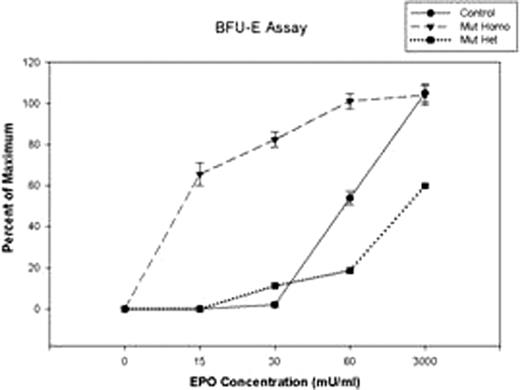Abstract
Abstract 3388
The hypoxic response, mediated by hypoxia inducible transcription factors (HIFs), is central to the control and development of many essential biological functions, including erythropoiesis. As a high-altitude population, many Tibetans have developed a remarkable ability to protect against several hypoxic complications, including polycythemia and other harmful responses exhibited by non-adapted populations upon exposure to severe hypoxia. We have identified 10 genes involved in high-altitude adaptation in Tibetans, including a principal negative regulator of HIF-1a and HIF-2 a peptides, i.e. PHD2 (EGLN1), as well as HIF2A (EPAS1) (Simonson, Science 2010). At this meeting last year (Lorenzo, Abstract# 2602 ASH 2010), we reported a novel PHD2 Asp4Glu mutation that we found in 57 of 94 Tibetan, 2 of 88 Asian and 0 of 38 Caucasian chromosomes. In most Tibetan samples, this variant is associated with a previously reported, unvalidated PHD2 polymorphism, Cys127Ser (found in 70 of 94 Tibetan, 27 of 88 Asian and 4 of 38 Caucasian chromosomes).
These data report the first molecular defect with functional consequences that is associated with the complex Tibetan adaptation to extreme hypoxia.
No relevant conflicts of interest to declare.
Author notes
Asterisk with author names denotes non-ASH members.


